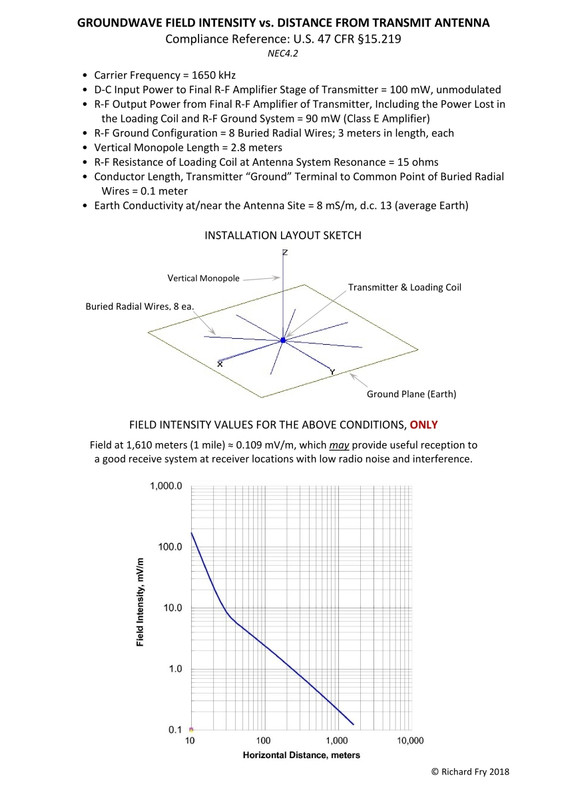kingtutley
Electrical
Ok. First, I am new to the field of electromagnetic compatibility. I am an EE who was voluntold to take over the EMI/RFI lab where I work. No experience.
I have the basic knowledge after reading a lot of the IEC and MIL-STD documents on EMC, but I am at a loss on some of this and I need some help.
I have been gong through the lab equipment and trying to establish a baseline for the current configuration. What I am doing is this. I use a function generator with a set amplitude and frequency and a passive antenna with known antenna factors to send energy to my active receiver antenna positioned 1 meter away from the transmitter.
What I am trying to determine is what my receiver antenna SHOULD be receiving in terms of v/m at 1 meter. I have my spectrum analyzer reading the values from the receiver antenna, but I don't know how to tell if my readings are correct as I have no idea how to calculate the field strength from my transmitter from the inputs that I know.
I hope this is not too convoluted or confusing. If anyone can provide any assistance, please help me. I'm in way over my head here and don't even know where to really begin.
I have the basic knowledge after reading a lot of the IEC and MIL-STD documents on EMC, but I am at a loss on some of this and I need some help.
I have been gong through the lab equipment and trying to establish a baseline for the current configuration. What I am doing is this. I use a function generator with a set amplitude and frequency and a passive antenna with known antenna factors to send energy to my active receiver antenna positioned 1 meter away from the transmitter.
What I am trying to determine is what my receiver antenna SHOULD be receiving in terms of v/m at 1 meter. I have my spectrum analyzer reading the values from the receiver antenna, but I don't know how to tell if my readings are correct as I have no idea how to calculate the field strength from my transmitter from the inputs that I know.
I hope this is not too convoluted or confusing. If anyone can provide any assistance, please help me. I'm in way over my head here and don't even know where to really begin.

